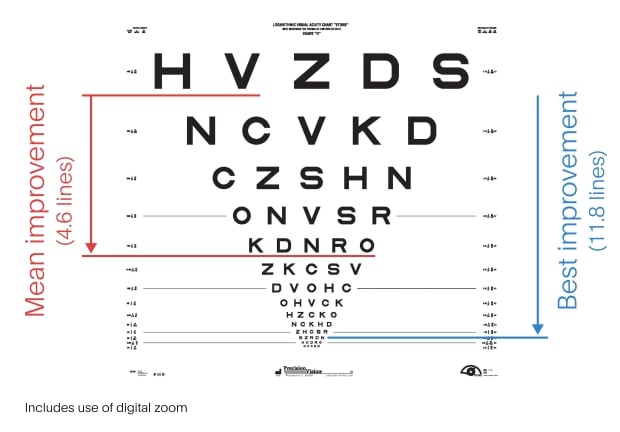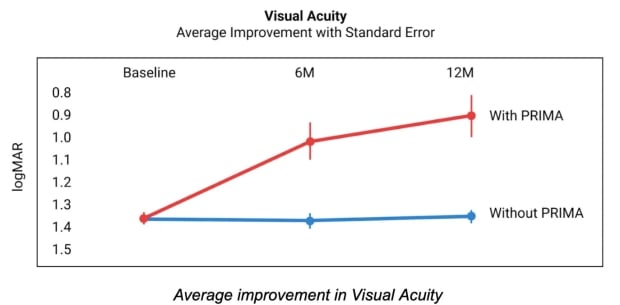Elon Musk’s brain implant company Neuralink has some new competition as a company whose founding members were previously at Neuralink announced a new brain chip capable of enabling blind people to read once again.
Former President of Neuralink and now current CEO of California-based brain-computer interface company Science Corporation, Max Hodak, acquired the new technology from Pixium Vision earlier this year, and according to reports the specific implant is referred to as the Prima. Notably, the implant doesn’t stimulate the retina, but instead bypasses it and directly communicates with the brain through electrical signals.
Here’s how it works. The Prima is placed under the retina in the backmost part of the eye over just an 80-minute procedure. The patient wears a pair of glasses that capture visual information and then convert that information into patterns of infrared light that are processed on the tiny implanted 2 mm chip. The implant has 378 light-powered pixels, and once the chip has converted the infrared light pattern into electrical signals, they are sent to the brain. The electrical pulses from the chip mimic natural sight electrical pulses, and as a result, the user can achieve “form vision,” or the perception of shapes, patterns, and objects.

VIEW GALLERY – 4 IMAGES
Notably, the quality of vision isn’t that of someone with 20/20 vision, as the user isn’t currently able to see color. Instead, the user sees a processed image that has a yellow tint over it, but in the tests, some study participants were able to read five more lines on a vision chart test than they were before. Additionally, of the 60 study participants who were all suffering from an advanced form of age-related macular degeneration (AMD), 32 could read 23 more letters than they could before enrolling in the trial.

Furthermore, the implant comes with a zoom/magnification function that some participants found helpful. James Weiland, a biomedical engineer, and ophthalmologist at the University of Michigan, who wasn’t involved in the study, noted the study’s results “are very impressive,” but the preliminary data doesn’t state if the participants were using the zoom feature while doing the vision tests. Why does that matter? The zoom feature needs to be manually enabled, which means the natural vision quality of the implant could be perceived as more natural than it really is.

Regardless of the specifics of the testing, the technology is truly promising, and according to Sunir Garg, an ophthalmologist at Wills Eye Hospital in Philadelphia and a clinical spokesperson for the American Academy of Ophthalmology, and not involved in the Prima study, there is a big call for this kind of technology as AMD is the leading cause of vision impairment in elderly people.
“Of the various chip implant technologies that have been tried over time, this is the one that seems like it has some legs to it. What we don’t know yet is how useful it will be in day-to-day functioning for people,” said Garg